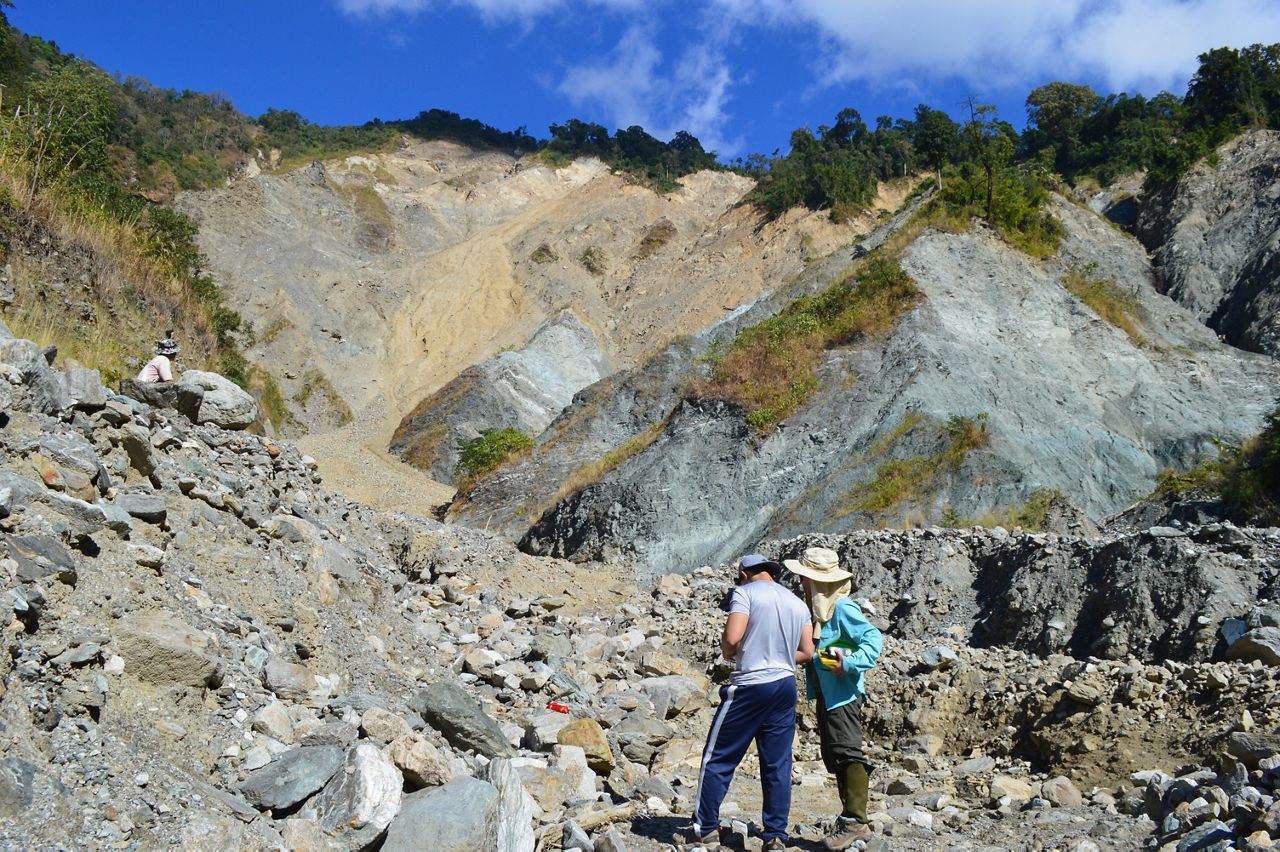Landslides cause massive destruction and happen all over the world.
However, a team of scientists and engineers at the University of California, Los Angeles (UCLA) is on a mission to understand the causes and effects of landslides.
So they developed new artificial intelligence to help predict them.
I talked to Kevin Shao, a doctoral graduate in Earth, planetary and space sciences and co–first author of the AI landslide research. He told me predicting landslides is a challenge.
“Landslides are very difficult to predict due to an abundance of factors that may trigger landslides, such as rainfall, steep slopes, earthquakes, wildfires…. even within these different triggers, you have different ways in which an environmental condition, such as rainfall, may trigger a landslide.,” said Shao.
So, the team looked to create a new AI to consider a multitude of environmental variables using data from NASA’s Tropical Rainfall Measuring Mission (TRMM) for precipitation data and the Shuttle Radar Topography Mission for digital elevation data.
Watch the video above to learn more about these landslide susceptibility models.
Researchers gathered data on various landslides in the Himalayas. (Photo by Peter J. Haproff)
Their new AI method is called a “superposable neural network (SNN).”
Shao told me, “This feature of the superposable neural network exposes the contributions of input environmental conditions to landslide risk.”
Regarding concerns of raising false alarms about landslides, Shao told me this.
“With any type of landslide model, you are bound to get areas that might be classified as false alarms.. In our model, we assess the issue of false alarms or positives using statistical measures… Although model predictions are not perfect, we can still assess and communicate uncertainties associated with our models.”
In addition, UCLA says their research is important to disaster preparedness.
“[We] can show areas that might be at a high risk of landsliding to local authorities or communities who can then direct their efforts and resources to better monitor and study these specific regions,” said Shao.
Our team of meteorologists dives deep into the science of weather and breaks down timely weather data and information. To view more weather and climate stories, check out our weather blogs section.

